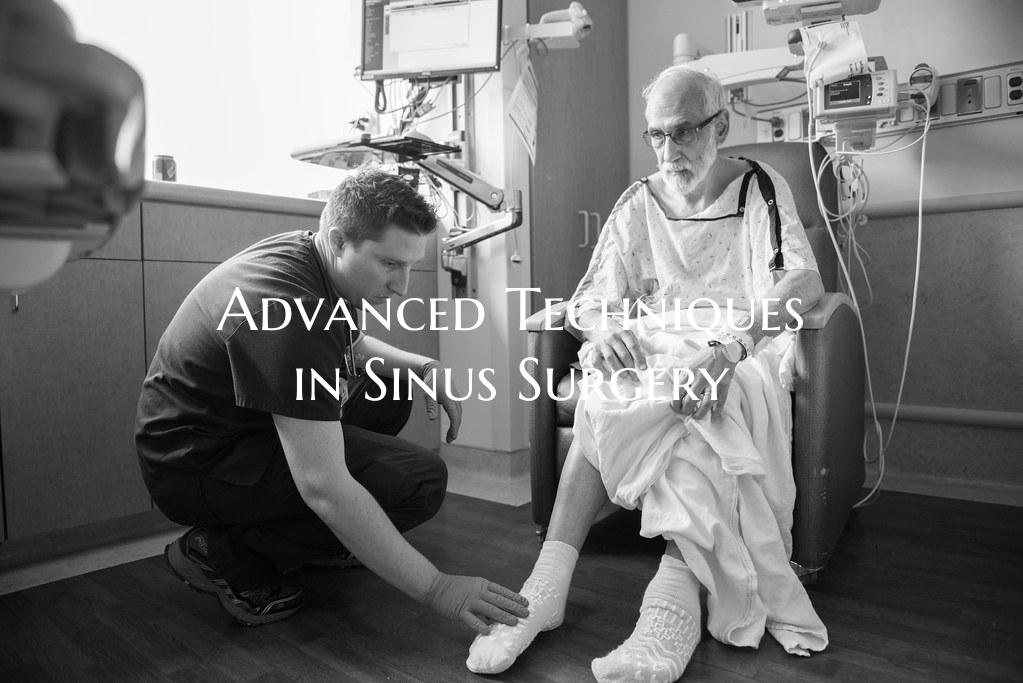
Advanced Techniques in Sinus Surgery
Sinus surgery has seen remarkable advancements in recent years, offering patients more effective and less invasive options for treating chronic sinusitis and other sinus-related conditions. Advanced techniques in sinus surgery have revolutionized the field, allowing for improved patient outcomes and faster recovery times. Let's delve into some of the cutting-edge techniques that are shaping the future of sinus surgery:
1. Image-Guided Surgery: Image-guided surgery utilizes advanced imaging technologies such as CT scans to provide real-time, 3D mapping of the sinus anatomy during the procedure. This precise navigation allows surgeons to accurately target problem areas, minimize damage to surrounding tissues, and enhance surgical outcomes.
2. Balloon Sinuplasty: Balloon sinuplasty is a minimally invasive technique that involves inserting a small, flexible balloon catheter into the blocked sinus passage and inflating it to widen the opening. This procedure helps to restore normal sinus drainage and ventilation without the need for traditional surgical incisions, leading to quicker recovery and reduced risk of complications.
3. Endoscopic Sinus Surgery: Endoscopic sinus surgery is a minimally invasive approach that involves using a thin, flexible endoscope to visualize and access the sinuses through the nostrils. This technique allows for precise removal of diseased tissue, polyps, and obstructions while preserving normal sinus structures. Endoscopic sinus surgery offers improved visual clarity, reduced postoperative pain, and faster recovery compared to traditional open techniques.
4. Computer-Aided Navigation: Computer-aided navigation systems integrate preoperative imaging data with real-time tracking technology to provide surgeons with a dynamic visual map of the sinus anatomy during surgery. This advanced tool enhances precision, accuracy, and safety during complex sinus procedures, allowing surgeons to navigate through intricate sinus structures with greater confidence.
5. Regenerative Medicine: The emerging field of regenerative medicine holds promise for enhancing sinus surgery outcomes through the use of bioactive materials, growth factors, and stem cells to promote tissue healing and regeneration. These innovative approaches aim to accelerate tissue repair, reduce scarring, and improve long-term functional results in sinus surgery patients.
As advancements in technology and surgical techniques continue to evolve, the future of sinus surgery looks promising, with a focus on improving patient care, safety, and outcomes. By harnessing these advanced techniques, sinus surgeons can offer patients personalized treatment options that are tailored to their individual needs, providing effective relief from sinus-related symptoms and improving overall quality of life.